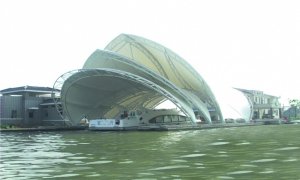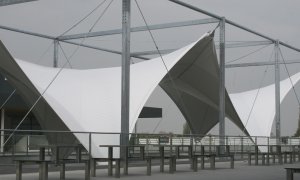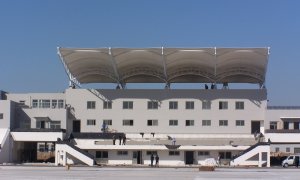Siogloss WIKI

How to do it in brief
Technical textiles (or fabrics) for tensile architecture applications are composite products with differing behaviours. Choosing the right product is a matter of defining the various project requirements, including mechanical, physical and aesthetic functionalities. Processing these fabrics to reach the defined results, however, is a matter of know-how. This small wiki will help define the required properties and support the production process.


Tensile architecture design basics
Tensile surfaces are basically characterized by curved shapes. They have always to be double-curved, a simple sail, for example, needs at least 4 points of tension. The surface shape and all anchoring elements need to be designed to withstanding all possible loads.
Choosing the right fabric strength
The mechanical behaviour of the fabric is a critical factor for tensile surfaces. The fabric is a structural element and as such has to meet the necessary engineering and safety criteria. It is a good rule to estimate a proper safety factor by considering the maximal working load.


Cutting and patterning
In the final stages of the design process, the surface is patterned into fabric parts in 2D, for assembly by welding in 3D shape. Patterning is a process of accurate geometrical definition, carefully dimensioning the single pattern and the precise percentage of decompensation.

